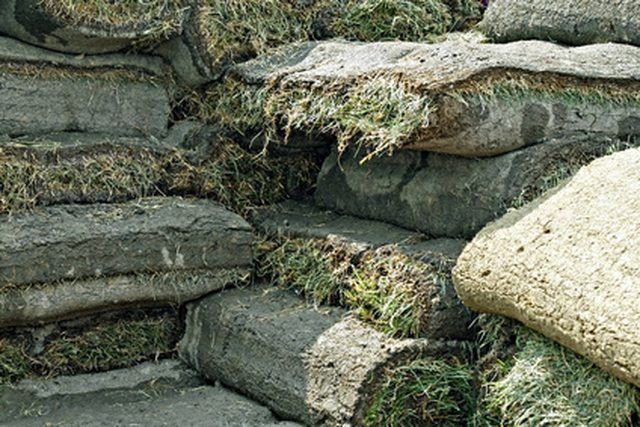Bulbs
Flower Basics
Flower Beds & Specialty Gardens
Flower Garden
Garden Furniture
Garden Gnomes
Garden Seeds
Garden Sheds
Garden Statues
Garden Tools & Supplies
Gardening Basics
Green & Organic
Groundcovers & Vines
Growing Annuals
Growing Basil
Growing Beans
Growing Berries
Growing Blueberries
Growing Cactus
Growing Corn
Growing Cotton
Growing Edibles
Growing Flowers
Growing Garlic
Growing Grapes
Growing Grass
Growing Herbs
Growing Jasmine
Growing Mint
Growing Mushrooms
Orchids
Growing Peanuts
Growing Perennials
Growing Plants
Growing Rosemary
Growing Roses
Growing Strawberries
Growing Sunflowers
Growing Thyme
Growing Tomatoes
Growing Tulips
Growing Vegetables
Herb Basics
Herb Garden
Indoor Growing
Landscaping Basics
Landscaping Patios
Landscaping Plants
Landscaping Shrubs
Landscaping Trees
Landscaping Walks & Pathways
Lawn Basics
Lawn Maintenance
Lawn Mowers
Lawn Ornaments
Lawn Planting
Lawn Tools
Outdoor Growing
Overall Landscape Planning
Pests, Weeds & Problems
Plant Basics
Rock Garden
Rose Garden
Shrubs
Soil
Specialty Gardens
Trees
Vegetable Garden
Yard Maintenance
How to Lay Sod in the Rain
How to Lay Sod in the Rain. Sodding a lawn has become a highly favored practice in comparison to merely planting grass seeds. Sod is pre-grown grass that it is then cut a few inches below the soil to provide a strip of grass and roots with an inch or two of dirt on the bottom. Sod is fairly easy to lay even in the rain, and will save you the step...

Sodding a lawn has become a highly favored practice in comparison to merely planting grass seeds. Sod is pre-grown grass that it is then cut a few inches below the soil to provide a strip of grass and roots with an inch or two of dirt on the bottom. Sod is fairly easy to lay even in the rain, and will save you the step of watering the sod once it is placed.
Things You'll Need
Ground tiller
Rake
Sod
Sharp knife
Lawn roller
Wheelbarrow
Till the area where you will be laying the sod. The tilled ground will make it easier for the roots of the sod to quickly attach to the soil.
Rake the top soil so that it is level. You want to do this just before you lay the sod. This will help even out the ground and loosening the soil helps the sod take root.
Bring all of the sod to your work area, the less trips that you have to make between a work area and a storage area, the less time it will take. The lawn area should have been measured prior to laying sod so you know how much sod you need.
Lay the first strip of the sod along a straight line such as the driveway or the sidewalk. The straight edge is important to ensure that you get even coverage of your lawn.
Lay each subsequent piece next to the previous piece and make sure that you keep them tight together to remove the appearance of seams. Cut any pieces with a sharp knife to fit around corners, sprinklers or other obstacles.
Roll the sod with a lawn roller when you are finished laying all of the sod. You will not need to water the sod after laying it, because the rain will provide ample water.
Tips & Warnings
Avoid walking on the sod as much as possible to prevent depressed areas. Use the wheelbarrow to carry heavy sod to the work area. Sod will be much heavier than usual due to excess water.